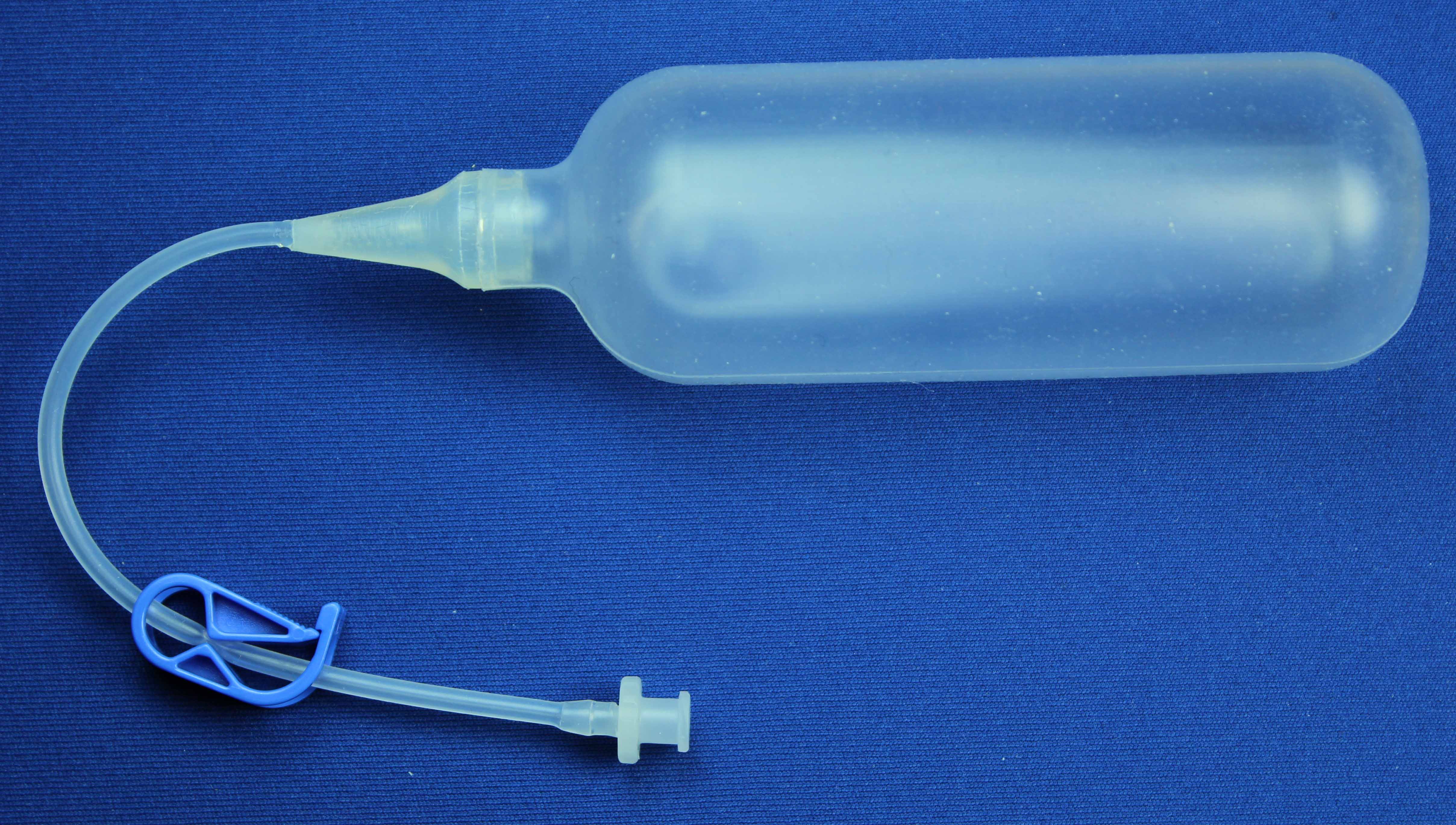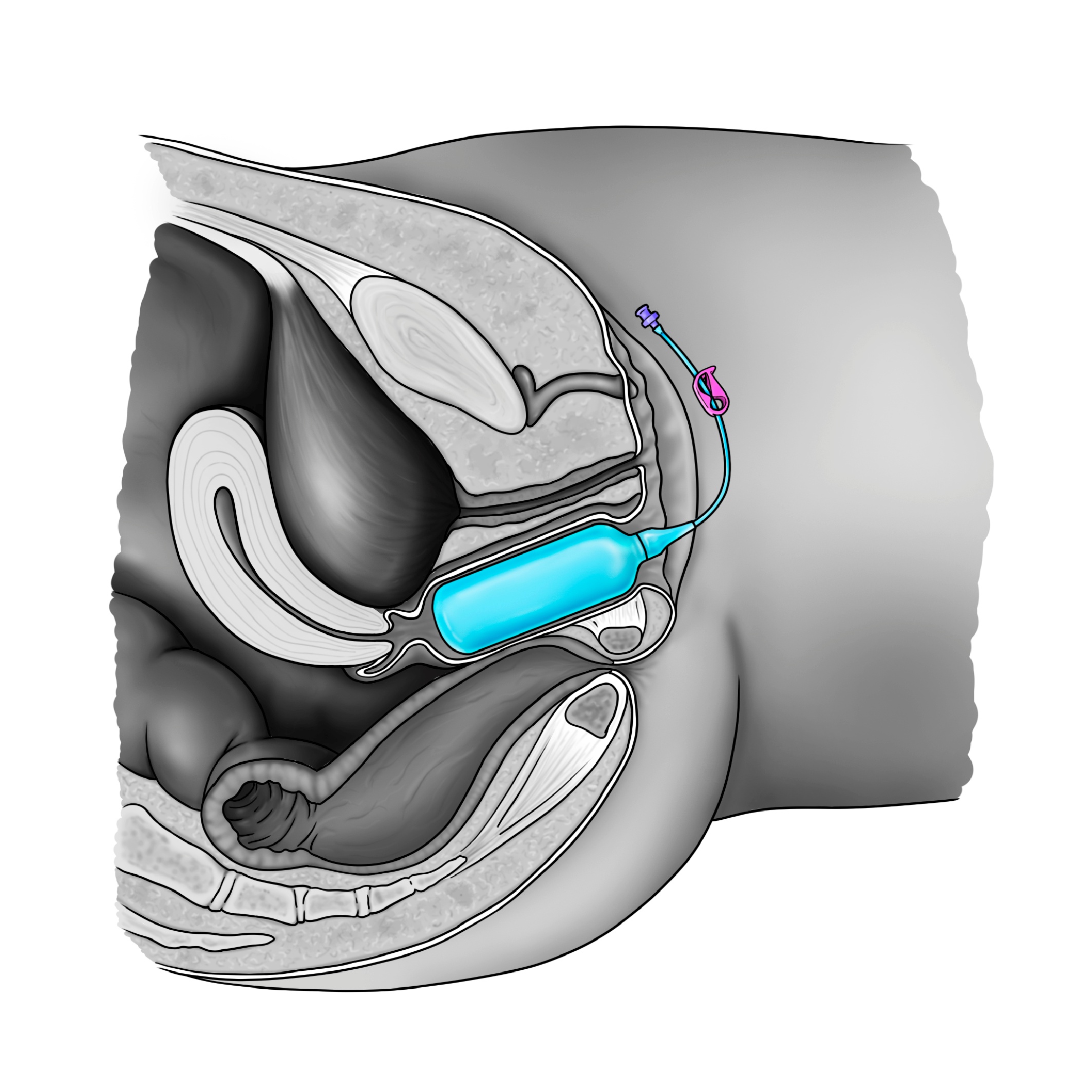Vaginal Hypoplasia on:
[Wikipedia]
[Google]
[Amazon]
Vaginal hypoplasia is the underdevelopment or incomplete development of the

 In order to facilitate
In order to facilitate
International Birth Defects Information System
* {{Congenital malformations of genital organs Congenital disorders of female genital organs Vagina Rare diseases
vagina
In mammals, the vagina is the elastic, muscular part of the female genital tract. In humans, it extends from the vestibule to the cervix. The outer vaginal opening is normally partly covered by a thin layer of mucosal tissue called the hymen ...
. It is a birth defect
A birth defect, also known as a congenital disorder, is an abnormal condition that is present at birth regardless of its cause. Birth defects may result in disabilities that may be physical, intellectual, or developmental. The disabilities can ...
or congenital abnormality of the female genitourinary system
The genitourinary system, or urogenital system, are the organs of the reproductive system and the urinary system. These are grouped together because of their proximity to each other, their common embryological origin and the use of common pathwa ...
.
Signs and symptoms
Vaginal hypoplasia can vary in severity from being smaller than normal to being completely absent. The absence of a vagina is a result of vaginalagenesis In medicine, agenesis () refers to the failure of an organ to develop during embryonic growth and development due to the absence of primordial tissue. Many forms of agenesis are referred to by individual names, depending on the organ affected:
* A ...
. Diagnostically, it may look similar to a vaginal obstruction such as can be caused by an imperforate hymen
An imperforate hymen is a congenital disorder where a hymen without an opening completely obstructs the vagina. It is caused by a failure of the hymen to perforate during Prenatal development, fetal development. It is most often diagnosed in adole ...
or, less commonly, a transverse vaginal septum
A vaginal septum is a vaginal anomaly that is partition within the vagina; such a septum could be either longitudinal or transverse. In some affected women, the septum is partial or does not extend the length or width of the vagina. Pain during ...
.
It is frequently associated with Mayer-Rokitansky-Küstner-Hauser syndrome, in which the most common result is an absent uterus in conjunction with a deformed or missing vagina, despite the presence of normal ovaries and normal external genitalia. It is also associated with cervical agenesis
Cervical agenesis is a congenital disorder of the female genital system that manifests itself in the absence of a cervix, the connecting structure between the uterus and vagina. Milder forms of the condition, in which the cervix is present but def ...
, in which the uterus is present but the uterine cervix
The cervix or cervix uteri (Latin, 'neck of the uterus') is the lower part of the uterus (womb) in the human female reproductive system. The cervix is usually 2 to 3 cm long (~1 inch) and roughly cylindrical in shape, which changes during ...
is absent. The situation is most urgent where there is a menstruating
The menstrual cycle is a series of natural changes in hormone production and the structures of the uterus and ovaries of the female reproductive system that make pregnancy possible. The ovarian cycle controls the production and release of eggs a ...
uterus with an obstructed uterovaginal outflow, leading to hematometra
Hematometra is a medical condition involving collection or retention of blood in the uterus. It is most commonly caused by an imperforate hymen or a transverse vaginal septum.
Signs and symptoms
Hematometra typically presents as cyclic, cramping p ...
. In this case prompt medical action is required.
Causes
The main causes areMüllerian agenesis
Müllerian agenesis, also known as Müllerian aplasia, vaginal agenesis, or Mayer-Rokitansky-Küster-Hauser syndrome (MRKH syndrome), is a congenital malformation characterized by a failure of the Müllerian ducts to develop, resulting in a missi ...
and complete androgen insensitivity syndrome
Complete androgen insensitivity syndrome (CAIS) is an AIS condition that results in the complete inability of the cell to respond to androgens. As such, the insensitivity to androgens is only clinically significant when it occurs in individuals ...
.
Treatment

 In order to facilitate
In order to facilitate sexual intercourse
Sexual intercourse (or coitus or copulation) is a sexual activity typically involving the insertion and thrusting of the penis into the vagina for sexual pleasure or reproduction.Sexual intercourse most commonly means penile–vaginal penetrat ...
, the main treatments are self-dilation methods (using intra-vaginal cylinders or inflatable expanders (vaginal stents) of increasing size) and surgical vaginoplasty
Vaginoplasty is any surgical procedure that results in the construction or reconstruction of the vagina. It is a type of genitoplasty. Pelvic organ prolapse is often treated with one or more surgeries to repair the vagina. Sometimes a vaginoplas ...
to lengthen the vagina. Self-dilation has a high success rate, estimated at 75%, and is usually the first-line treatment due to low surgical invasiveness. Overall, the complication rates are significantly lower with dilation than with vaginoplasty.
Surgery is indicated when there is inability or reluctance to perform self-dilation, or where it is performed but with failed result. The vaginoplasty is performed around the inflatable expander which maintains the neovagina against the pelvic wall after the surgery and favors the process of microscopic neovascularization while reducing the risks for hematoma. One appropriate surgical variant is the ''Vecchietti technique''. In this procedure, an olive-shaped pressure device is pressed towards the potential vaginal space by a thread that goes through the skin, behind the urinary bladder
The urinary bladder, or simply bladder, is a hollow organ in humans and other vertebrates that stores urine from the kidneys before disposal by urination. In humans the bladder is a distensible organ that sits on the pelvic floor. Urine enters ...
and pubic bone
In vertebrates, the pubic region ( la, pubis) is the most forward-facing (ventral and anterior) of the three main regions making up the coxal bone. The left and right pubic regions are each made up of three sections, a superior ramus, inferior ra ...
and exits the skin in the hypogastrium
The hypogastrium (also called the hypogastric region or suprapubic region) is a region of the abdomen located below the umbilical region.
Etymology
The roots of the word ''hypogastrium'' mean "below the stomach"; the roots of ''suprapubic'' mean ...
, where it is attached to a plate that provides counter-traction. Vaginoplasty can also be performed using a skin graft
Skin grafting, a type of graft (surgery), graft surgery, involves the organ transplant, transplantation of skin. The transplanted biological tissue, tissue is called a skin graft.
Surgeons may use skin grafting to treat:
* extensive wounding o ...
or an intestinal graft. Traction vaginoplasty such as the ''Vecchietti technique'' seems to have the highest success rates both anatomically (99%) and functionally (96%), whereas skin graft procedures and intestinal procedures have the lowest successful outcomes (83–95%).
After vaginoplasty, available evidence suggests that continued self-dilation is needed to maintain the patency in periods of coital inactivity. A vaginal expander can be used regularly to prevent post-operative vaginal retraction.
Epidemiology
Vaginal hypoplasia is estimated to occur in 1 in 4,000–5,000 live female births. It is often unnoticed until adolescence when pain and a lack of menstrual flow indicates the condition.See also
*Cervical agenesis
Cervical agenesis is a congenital disorder of the female genital system that manifests itself in the absence of a cervix, the connecting structure between the uterus and vagina. Milder forms of the condition, in which the cervix is present but def ...
* Müllerian agenesis
Müllerian agenesis, also known as Müllerian aplasia, vaginal agenesis, or Mayer-Rokitansky-Küster-Hauser syndrome (MRKH syndrome), is a congenital malformation characterized by a failure of the Müllerian ducts to develop, resulting in a missi ...
References
External links
International Birth Defects Information System
* {{Congenital malformations of genital organs Congenital disorders of female genital organs Vagina Rare diseases